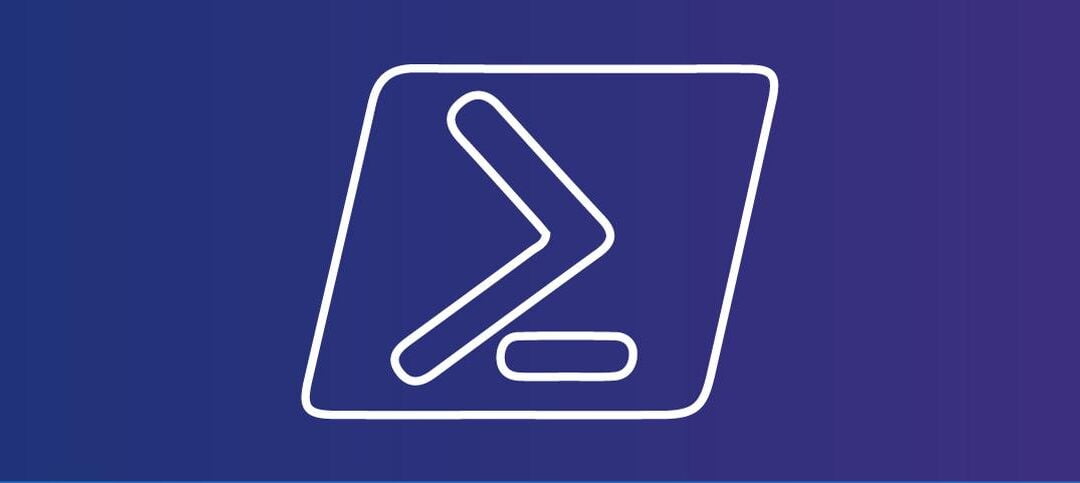Windows Firewall is a built-in security feature in Microsoft Windows that helps protect your computer from unauthorized access and network threats. It acts as a barrier between your computer and the internet, allowing you to control which programs and services can communicate with your system.
Managing Windows Firewall rules is an essential part of maintaining a secure network environment. By regularly checking and updating these rules, you can ensure that your computer is protected from potential security risks. PowerShell, a powerful scripting language and automation framework, provides a convenient way to manage Windows Firewall rules efficiently.
Checking Windows Firewall Rules with PowerShell
PowerShell offers a set of cmdlets specifically designed for managing Windows Firewall rules. These cmdlets allow you to perform various tasks such as creating, modifying, and deleting firewall rules, as well as querying and exporting rule information. Here are some common PowerShell cmdlets for working with Windows Firewall rules:
Get-NetFirewallRule: This cmdlet retrieves all the firewall rules currently configured on your system.New-NetFirewallRule: Use this cmdlet to create a new firewall rule.Set-NetFirewallRule: This cmdlet allows you to modify an existing firewall rule.Remove-NetFirewallRule: Use this cmdlet to delete a firewall rule.
For example, to retrieve all the firewall rules currently configured on your system, you can use the following PowerShell command:
Get-NetFirewallRuleThis command will provide you with a list of all the firewall rules, including their names, descriptions, and other properties. You can then analyze this information to ensure that the rules align with your security requirements.
Keeping Windows Firewall Rules Up to Date
Regularly updating your Windows Firewall rules is crucial to maintain an effective security posture. Here are some best practices to help you keep your firewall rules up to date:
1. Review and Analyze Existing Rules
Start by reviewing the existing firewall rules on your system. Identify any outdated or unnecessary rules that may no longer serve a purpose. Remove these rules to reduce the attack surface and improve the overall performance of your firewall.
2. Monitor Network Traffic
Monitoring network traffic can provide valuable insights into the applications and services that require internet access. By analyzing the network traffic, you can identify any unauthorized or suspicious connections and create new firewall rules to block or allow them accordingly.
3. Regularly Update Firewall Rules
Stay up to date with the latest security recommendations and best practices for your operating system and applications. Apply patches and updates promptly to ensure that your firewall rules are aligned with the latest security requirements.
4. Test and Validate Firewall Rules
After making any changes to your firewall rules, it is crucial to test and validate them to ensure that they are functioning as intended. Use appropriate tools and techniques to simulate different network scenarios and verify that the rules are correctly blocking or allowing the desired traffic.
5. Automate Rule Management
PowerShell provides a powerful automation framework that allows you to automate the management of your firewall rules. By creating scripts or scheduled tasks, you can automate tasks such as rule creation, modification, and deletion. This automation can save time and ensure consistency in managing your firewall rules.
Conclusion
Windows Firewall is a vital component of your computer’s security. Regularly checking and updating your firewall rules is essential to maintain a secure network environment. PowerShell offers a convenient and efficient way to manage Windows Firewall rules, allowing you to review, create, modify, and delete rules with ease. By following best practices and automating rule management, you can ensure that your firewall rules are up to date and effectively protect your computer from unauthorized access and network threats.
